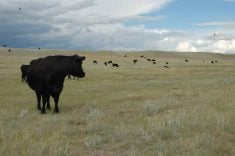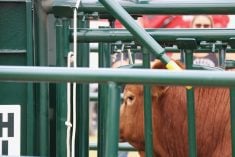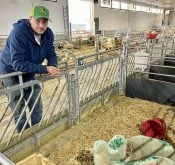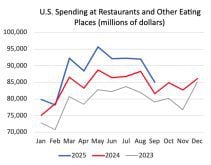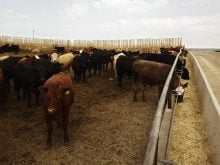REGINA – Four years ago, those planning the Gelbvieh show for Canadian
Western Agribition decided the best way to promote their yellow cattle
was to cater to the commercial beef producer’s demand for functional
cattle.
Ultimately, they decided on a three-member panel of judges who make
their living as commercial people.
“The Gelbvieh association is asking the industry where to go,” said
judge Louis Hebert, who has a 1,200 head feedlot and uses Gelbvieh
crosses at Fairlight, Sask.
Read Also
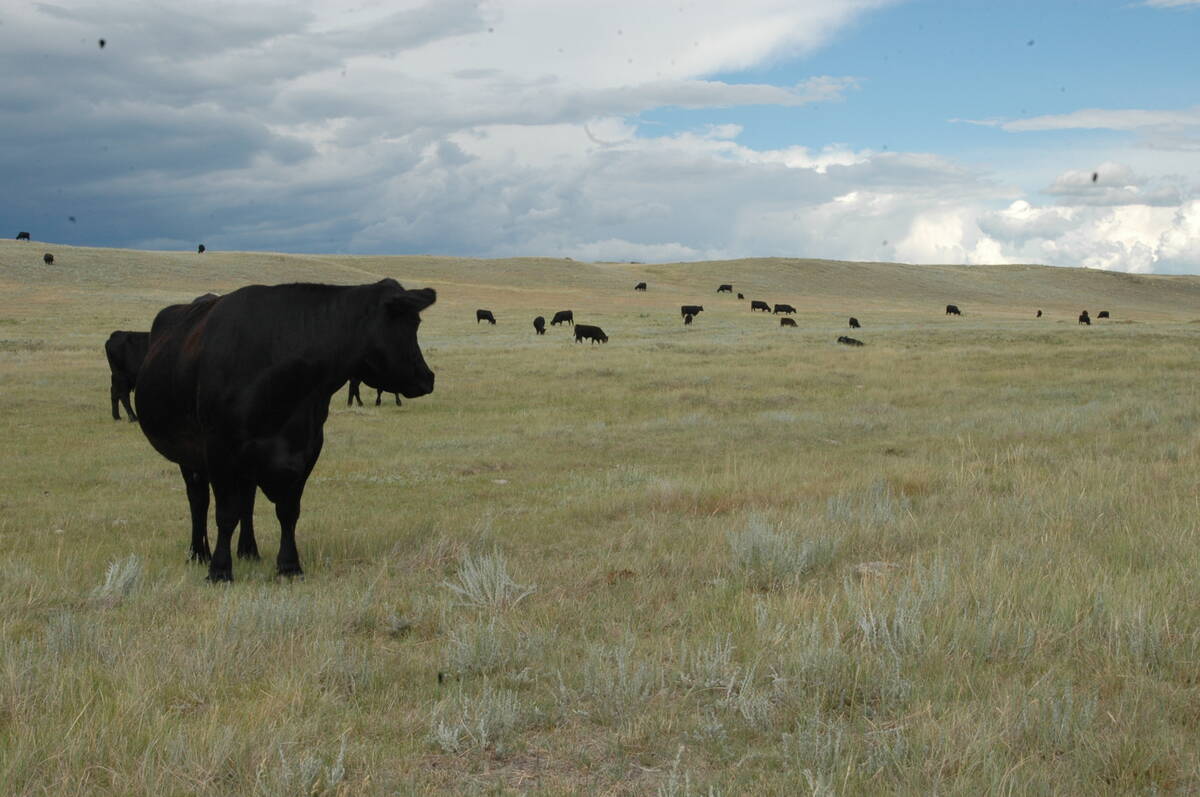
Canadian Food Inspection Agency slammed for handling of bovine tuberculosis case
The federal government leans heavily on producers to “take one for the team” and risk their livelihoods without any reassurance of support.
His colleagues, Grant Barnett of Heartland Livestock at Moose Jaw, and
Calvin Knoss, a Rockglen, Sask., cow-calf producer, agreed cattle must
be practical rather than pretty.
They found picking the best of the show was easy.
“The middle placements were a bit touchy,” said Barnett.
As a team they felt they may have provided a fairer assessment of each
entrant rather than basing selection’s on an individual opinion.
Each judge was also looking for something different because each sector
of the industry has different requirements.
While Knoss wants easy-going mother cows with plenty of milk, Hebert
and Barnett are looking more closely at beef production.
“When I sort, I’m looking for different things. I don’t want a fat
steer that weighs 1,700 pounds. I want a 1,300 lb. steer that will
yield and grade well,” said Barnett.
Nearly every Agribition class had a least one solid black animal even
though the traditional Gelbvieh is golden brown.
“Colour means nothing in this business. If the quality is there, we
place them where they should be. Colour shouldn’t matter,” said Hebert.
Agribition has also supported the breed by hosting the longest running
Gelbvieh sale in North America for 29 years. This year’s 23 lots
grossed $86,100 and averaged $3,743.
Registrations for the purebred sector are increasing steadily each year.
Purebred Gelbvieh producer Ian Thackeray said the breed makes headway
every year with more registrations and good interest among commercial
people looking for a moderate sized, maternal breed.
“The other breeds are watching us,” he said.
“They’re a good maternal cattle that crosses well with breeds like Red
Angus,” he said. They keep the brown colour and produce a moderate
sized cow.
The breed was first imported from northern Bavaria in Germany in 1972
and the Canadian national association formed in 1973.
The Gelbvieh, which means “yellow cow” has adapted well to Canadian
conditions and few resemble the dual purpose animals imported here 30
years ago.
They are medium-sized cows with a smaller dewlap and greater emphasis
on beef than milk production.



